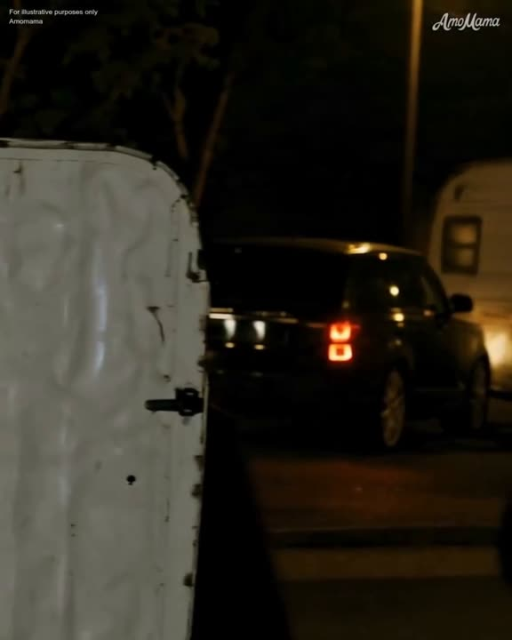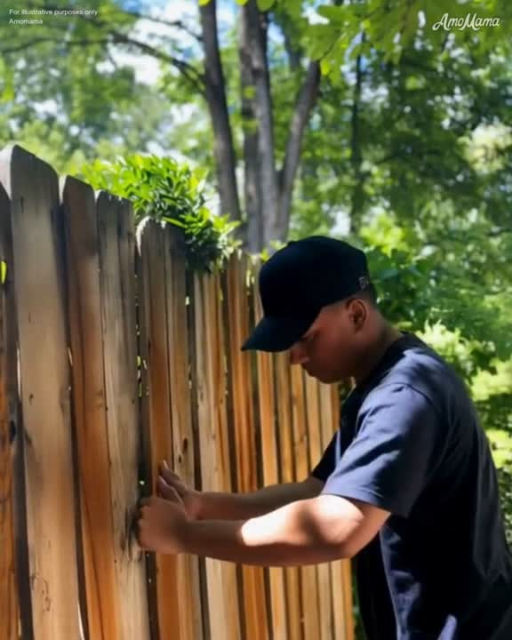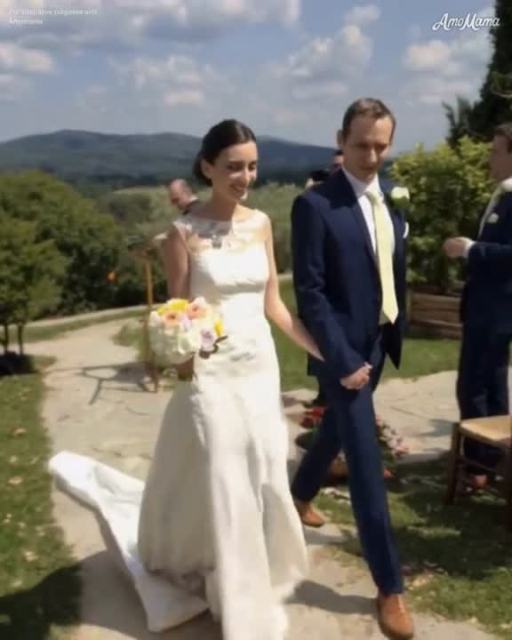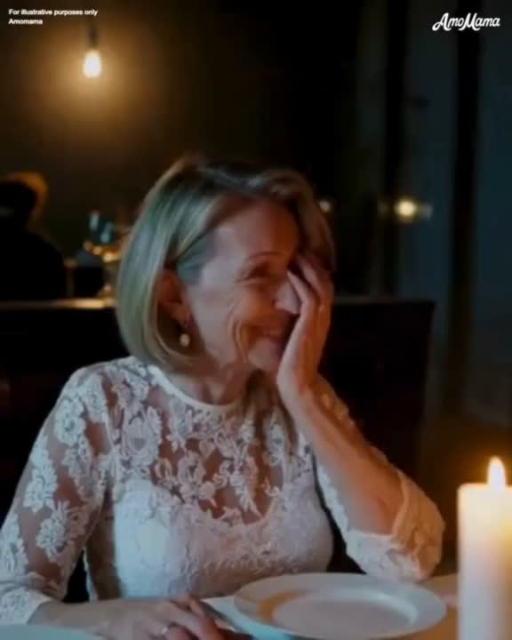In today’s digital age, a seemingly simple math question meant for kids has stirred up quite the conversation, capturing the curiosity of thousands online. This little brain teaser has become a hot topic on social media, leaving many scratching their heads as they grapple with finding the right answer.

Two hands holding a paper cut-out of the question mark sign | Source: Shutterstock
The internet has evolved into a vibrant space for those who love a mental challenge. From puzzles to brainteasers, people love to dive into discussions, share their thoughts, and solve problems together. This trend has shown us just how powerful the internet can be in bringing folks together, allowing them to cross physical boundaries for a little intellectual fun.
Back in June 2023, one particular question caught the attention of social media users, transporting many back to their school days. This puzzler seemed simple at first, but it turned out to be a real head-scratcher that left many reminiscing about those tough exam questions from their childhood years.
The Puzzle That Had Everyone Guessing

A young boy looking puzzled | Source: Shutterstock
This intriguing time-related question was brought to life on social media by a user from Jamaica, known as @yawdmontweet. He asked everyone, “What is the closest time to midnight?” offering four possible answers. The question quickly garnered over 1.4 million views as people tried to determine the correct choice.
Creative Thinking Inspires Debate
The options given were simple: A. 11:55 a.m., B. 12:06 a.m., C. 11:50 a.m., and D. 12:03 a.m. But the phrasing of the question suggested something more, inspiring participants to think creatively and outside the box. The question resonated with many, igniting conversations across generations and cultures.
Option “D,” 12:03 a.m., emerged as a favorite across the board. It was labeled closest because it was just three minutes past midnight, aligning more closely with the idea of being the nearest to the pivotal midnight time. Many considered both forwards and backwards approaches in reaching their decision.
Understanding Different Perspectives
The question’s phrasing encouraged different interpretations, highlighting how wording in puzzles can directly impact reasoning and outcome. Some even suggested looking at the written options’ placement relative to the word “midnight,” choosing “A” for its visual proximity in the list.
Individuals opting for answer “A” might have been swayed by the arrangement, as “11:55 a.m.” seemed deceptively near to midnight on paper, illustrating how such questions can be influenced both by logical and visual cues.
Turning to AI Wisdom
Some people turned to technology, asking the AI chatbot, ChatGPT, which indicated, “The closest time to midnight would be D. 12:03 a.m.” This answer aligned with the general consensus but demonstrated modern tools assisting in problem-solving.
An Exploration of Multiple Correct Answers?
Some reflected on the nature of such questions, contemplating whether these riddles might lead young learners away from math due to their tricky nature. One thoughtful commenter suggested multiple answers based on different readings. They remarked: “If you mean closest time to when it *will* be midnight next, the answer is A… raw minutes forward or back, the answer is D.”
Discussion on Trick Questions
This exchange shed light on how puzzles’ ambiguities can cause frustration and confusion, suggesting they might sometimes do more harm than good in fostering a love for mathematics. These conundrums can enhance critical thinking, but they may also frustrate learners, leading them to dislike math altogether.
What was your choice, A, B, C, or D? Do you agree that sometimes we can have more than one possible answer, depending on how we view the question?



